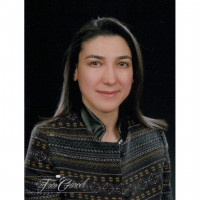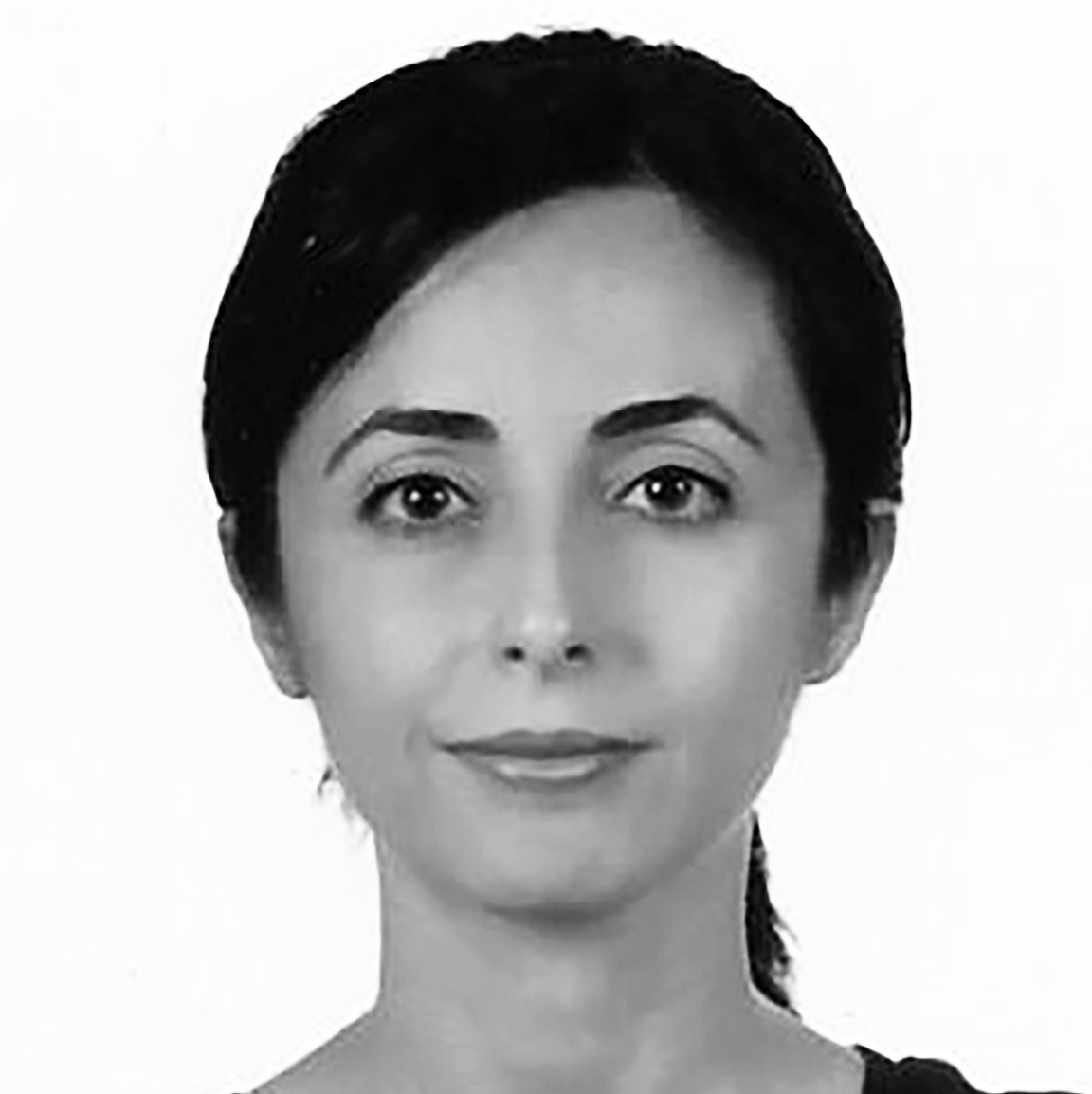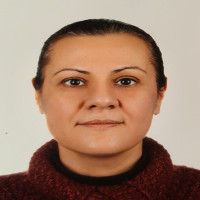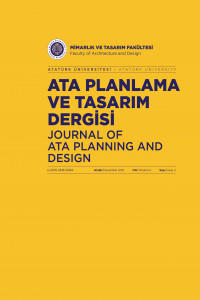Araştırma Makalesi
Issue Editorial Board



Defne Dursun, Atatürk Üniversitesi Şehir ve Bölge Planlama Bölümü'nde Dr. Öğr. Üyesi olarak görev yapmaktadır ve 2016 yılından beri Mimarlık ve Tasarım Fakültesi'nde öğretim üyesidir. Lisans derecesini Gazi Üniversitesi'nde aynı bölümde, Yüksek Lisans derecesini ise Orta Doğu Teknik Üniversitesi'nde Kentsel Politika Planlaması ve Yerel Yönetimler Bölümü'nde almıştır. Kent Üniversitesi'nde Erasmus Öğrencisi olarak Chris Pickvance ile bir yıl (2008-2009 akademik yılı) çalışmıştır. Fakülteye katılmadan önce iki yıl boyunca özel bir planlama şirketinde çalışmıştır. Şehir planlama alanındaki araştırma ilgi alanları çocuk dostu şehirler, yürünebilirlik, iklime duyarlı şehir planlama ve kentsel politikalardır.

Dr. Manu P. Sobti is a landscape historian and urban interlocutor of the Global South with research specialisations in South Asia, South East Asia, Central Asia, and the Middle East. Within the gamut of the Global, the Islamic, and the Non-Western, his continuing work examines borderland transgressions and their intertwinement with human mobilities, indigeneities, and the narratives of passage across these liminal sites. From his perspective, ‘land-centered’ and ‘deep’ place histories replete with human actors serve as critical and de-colonizing processes that negate the top-down master-narratives wherein borders and boundaries simplistically delineate nation states and their scalar range of internal geographies. He was previously Associate Professor at the School of Architecture & Urban Planning (SARUP), University of Wisconsin-Milwaukee USA (2006-16). He has a B.Dipl.Arch. from the School of Architecture-CEPT (Ahmedabad - INDIA), an SMarchS. from the Massachusetts Institute of Technology (Cambridge - USA), and a Ph.D. from the College of Architecture, Georgia Institute of Technology (Atlanta - USA).
As a recognized scholar and innovative educator, Sobti served as Director of SARUP-UWM’s India Winterim Program (2008-15). This foreign study program worked intensively with local architecture schools in Ahmedabad, Delhi and Chandigarh, allowing students and faculty to interact actively, often within the gamut of the same project. He also set up a similar, research-focused program in Uzbekistan, engaging advanced undergraduate and graduate students to undertake field research at sites, archives and cultural landscapes. In partnership with the Art History Program at the University of Wisconsin-Madison, and SARUP colleagues, Sobti also co-coordinated the Building-Landscapes-Cultures (BLC) Concentration of SARUP-UWM’s Doctoral Program (2011-13), creating opportunities for student research in diverse areas of architectural and urban history and in multiple global settings. He served as the Chair of SARUP's PhD Committee between 2014-16, leading an area of BLC's research consortium titled Urban Histories and Contested Geographies.
Sobti's research has been supported by multiple funding bodies, including the Graham Foundation of the Arts (USA), the Architectural Association (UK), the National Council for Eurasian and East European Research (USA), the French Institute of Central Asian Studies (UZBEKISTAN), the US Department of State Fulbright Foundation (USA), the Aga Khan Foundation (SWITZERLAND), the Andrew W. Mellon Foundation (USA), the Massachusetts Institute of Technology (USA), the Centre for 21st Century Studies University of Wisconsin-Milwaukee (USA), the Institute for Research in the Humanities University of Wisconsin-Madison (USA), Stanford University (USA), in addition to collaborations with institutions in New Delhi/Chandigarh/Ahmedabad (INDIA), Samarqand/Bukhara (UZBEKISTAN), Erzurum (TURKEY) and New Orleans (USA). He has also served as a United States Department of State Fulbright Senior Specialist Scholar and received 7 Research Fellowships at important institutions worldwide. He is a nominated Expert Member of the ICOMOS-ICIP (Interpretation and Presentation of Cultural Heritage Sites) International Committee, responsible for debate and stewardship on contentious cultural heritage issues globally.




 Web
Web





 Web
Web






 Web
Web
Aim & Scope
The Journal of ATA Planning and Design aims to contribute to national and universal science by publishing contemporary, original and qualified research articles on theoretical and case studies together with the reviews in the fields of or the fields related to Architecture, Interior Architecture, Urban and Regional Planning, Landscape Architecture; relevant to the topics of planning and design, conservation and renovation, building, technology and design of building systems, industrial product design and technologies, and all other related interdisciplinary theoretical, implementation and historical researches, together with the researches evaluating the relation of human with its environment through urban, rural and regional scales from the perspectives of physical planning and design.
The Journal
of Ata Planning and Design publishes original and academic researches/articles,
invited or Editor approved reviews, planning and design projects, interviews
and book reviews. Moreover, the journal also publishes symposium proceedings
giving information about the symposium name and date, and providing that they are
not yet published elsewhere.
The articles/reviews/interviews should be prepared in either Turkish or English; and must not be published elsewhere or submitted concomitantly to any other journal with the determined scope of this journal.
Author Guidelines
Ethical Principles and Publication Policy
REFEREES

